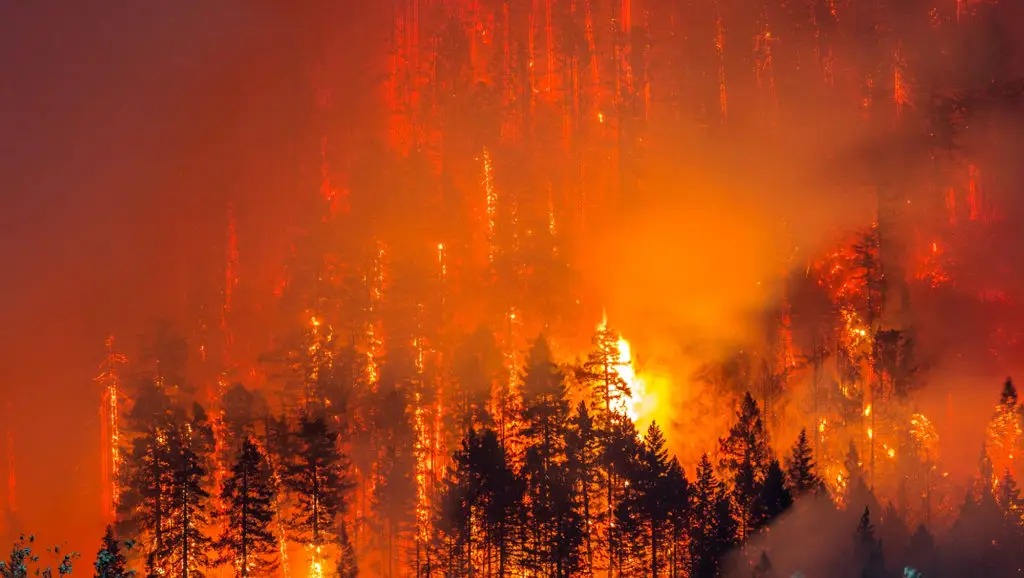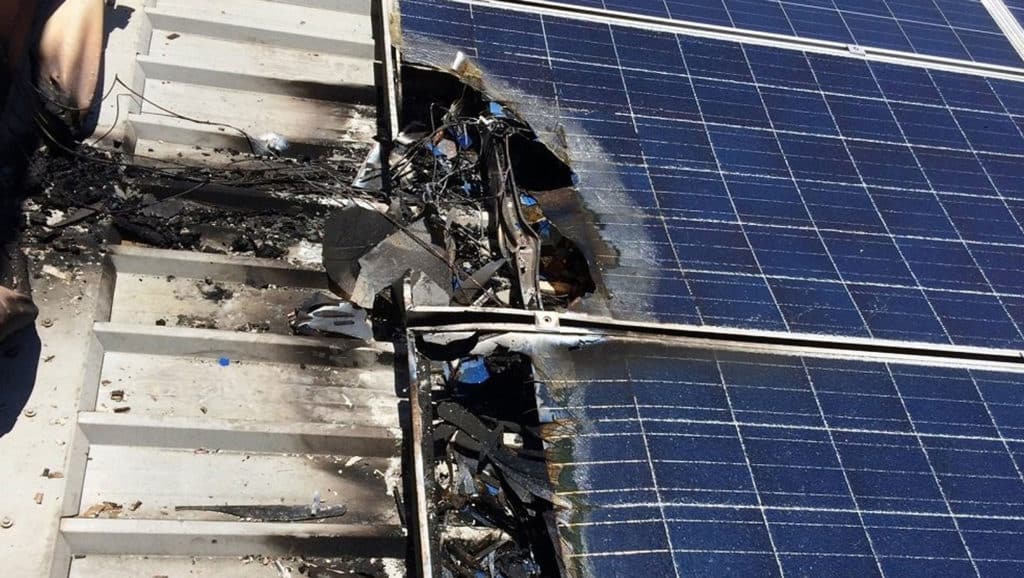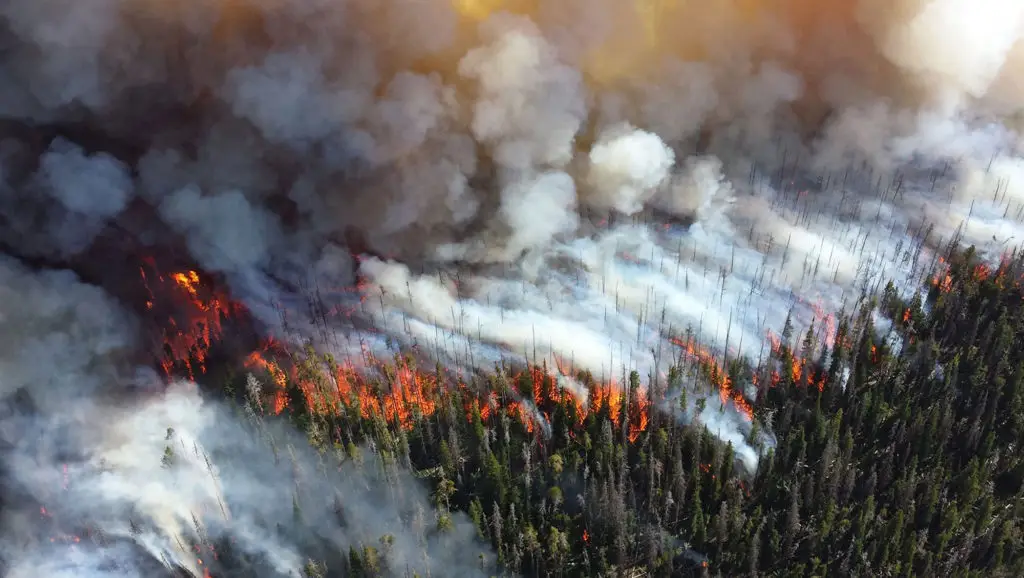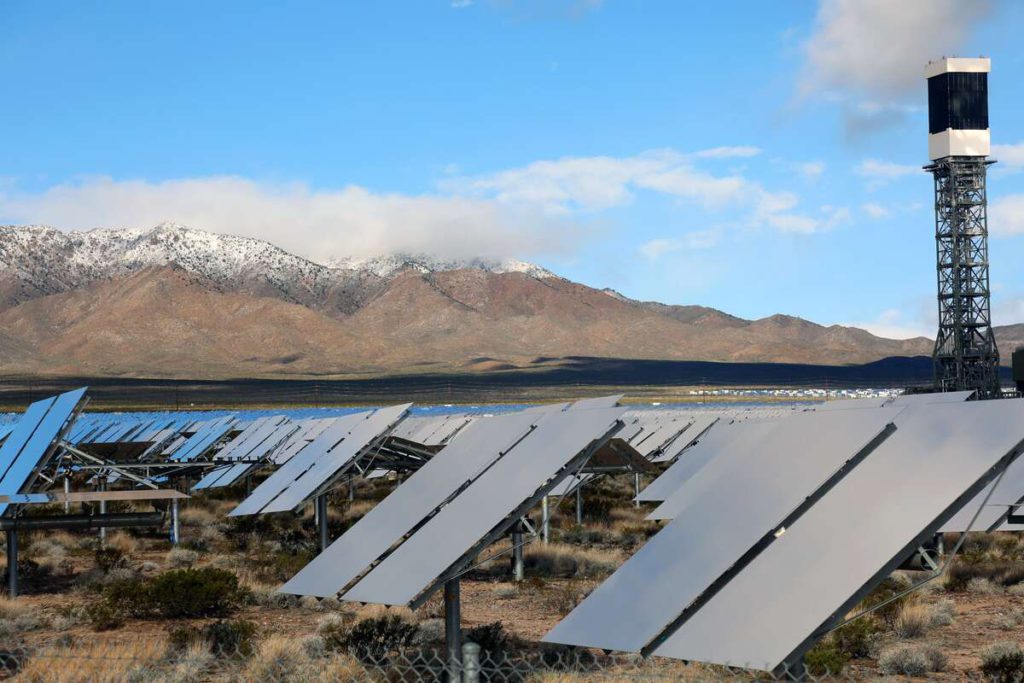Wildfires are inevitable. Because of the dry conditions, hundreds of brush fires are happening in some locations of Nevada each year. During the last few years, the state has experienced especially devastating wildfires. Last year, about 300,000 acres burned in approximately 800 wildfires throughout Nevada. It was more than double the previous wildfire record set in 2018. Plus, with the weather getting drier, the possibility of fires is becoming greater.
Wildfires are dangerous for several reasons. Along with the obvious life and property loss issues, these fires produce greenhouse gasses and other hazardous particles into the atmosphere. Wildfires present another challenge for solar energy. Smoke from the wildfires can slash solar energy as minuscule airborne particles reduce the amount of sunlight reaching solar panels. Thus, the wildfire smoke curtails the productivity of solar panels causing quantifiable differences in solar output.
Although the macro impact to solar from climate-fueled wildfires is limited, this effect can become more noticeable with solar energy making up a more significant portion of overall energy generation in Nevada.
The Wildfire Impact On Solar Energy
While wildfires have always been part of Nevada’s landscape, record-breaking wildfires have become more common in this region in recent years. The climate change causing the temperature to rise and exacerbated dry conditions make wildfires more likely to spark and extend the usual fire season.
It is utterly clear that there is a drop in the amount of light that reaches solar panels with the smoke in the air. So, for both residential and commercial properties owning solar PV systems, wildfires are a constant obstacle. As we know, solar panel efficiency is directly related to the amount of sunlight that hits your solar roof. More factors, like shading and solar panel orientation, determine how much energy your solar panel installation will produce over time. However, the essential factor is whether the surface area of the solar panel roofing is clean and free of dirt, allowing complete absorption of solar irradiance.

Moreover, wildfires cause solar system cell damages that you can find during assessments.
What Happens With Solar Roofing In The Fire?
The damage can sometimes be apparent, like melted or cracked structures and cables, tiny bubbles on solar cells and cloudy or brownish color. But fire damage will not always be evident. In case of intense heat, thermal stress can cause profound damage. The resulting cracks in cells, scratches and heat spots can often not be detected through visual inspection. They can reduce energy production and even cause safety issues over time.

The Wildfire Season Is Here
Nevada is currently in a drought. Any outside activities, including bonfires and barbecues, can potentially cause wildfires. The fire seasons we face today are longer, more unpredictable and more destructive than they were in the past.
As summer heat arrives, blackouts are threatening the entire United States. Havoc fires impact the traditional grid-tied energy resources when there is no power in the cities.
The blackouts highlight the need for clean energy. Extreme weather conditions fuelled by climate change make people move away from fossil fuels. States vulnerable to wildfires can shutter coal and gas-fired power plants. It is sometimes crucial to the local existing power infrastructure.
Renewable resources, like solar photovoltaics, can minimize the effects of wildfire season. Photovoltaic systems, mainly those coupled with energy storage systems, can surprisingly improve grid resiliency, decrease fire risks and provide backup power when the grid goes down. The disadvantage of the situation is that the solar power system can also be vulnerable to fire damage.
Like most electrical facilities, solar panel system equipment can go up in flames under heat, resulting in catastrophic. So, extreme weather conditions increase the risk of utility equipment sparking dangerous wildfires.
Concerns about fire danger and unstable energy supply from traditional resources make many residences and business owners look for energy alternatives. Therefore, what to do when electricity is critical for keeping his business running? Solar panel system is the answer to this question.

So, how long will it take to earn back your initial investment in a solar panel system? A solar payback period is the amount of time it will take to recover your initial investment through electricity savings when installing solar roofing. In Nevada, the average solar payback period is about nine years.
Regardless of the exact solar panel installation cost, there are many affordable financing options for solar panel systems. Buying a solar panel kit in cash is the most common method offered by solar panel companies. If an upfront purchase is not your case, there are solar loans and solar leases available in Nevada to help you finance your solar installation.
Moreover, after accounting for the 26% Federal Investment Tax Credit (ITC) and other state and local solar incentives, the solar panel price you should pay will fall by thousands of dollars. Thereby, it is essential to find the best solar panel company for your case.
The post Preparing For Wildfire Season With Solar appeared first on Nevada Solar Group.
source https://nevadasolargroup.com/preparing-for-wildfire-season-with-solar/?utm_source=rss&utm_medium=rss&utm_campaign=preparing-for-wildfire-season-with-solar

No comments:
Post a Comment